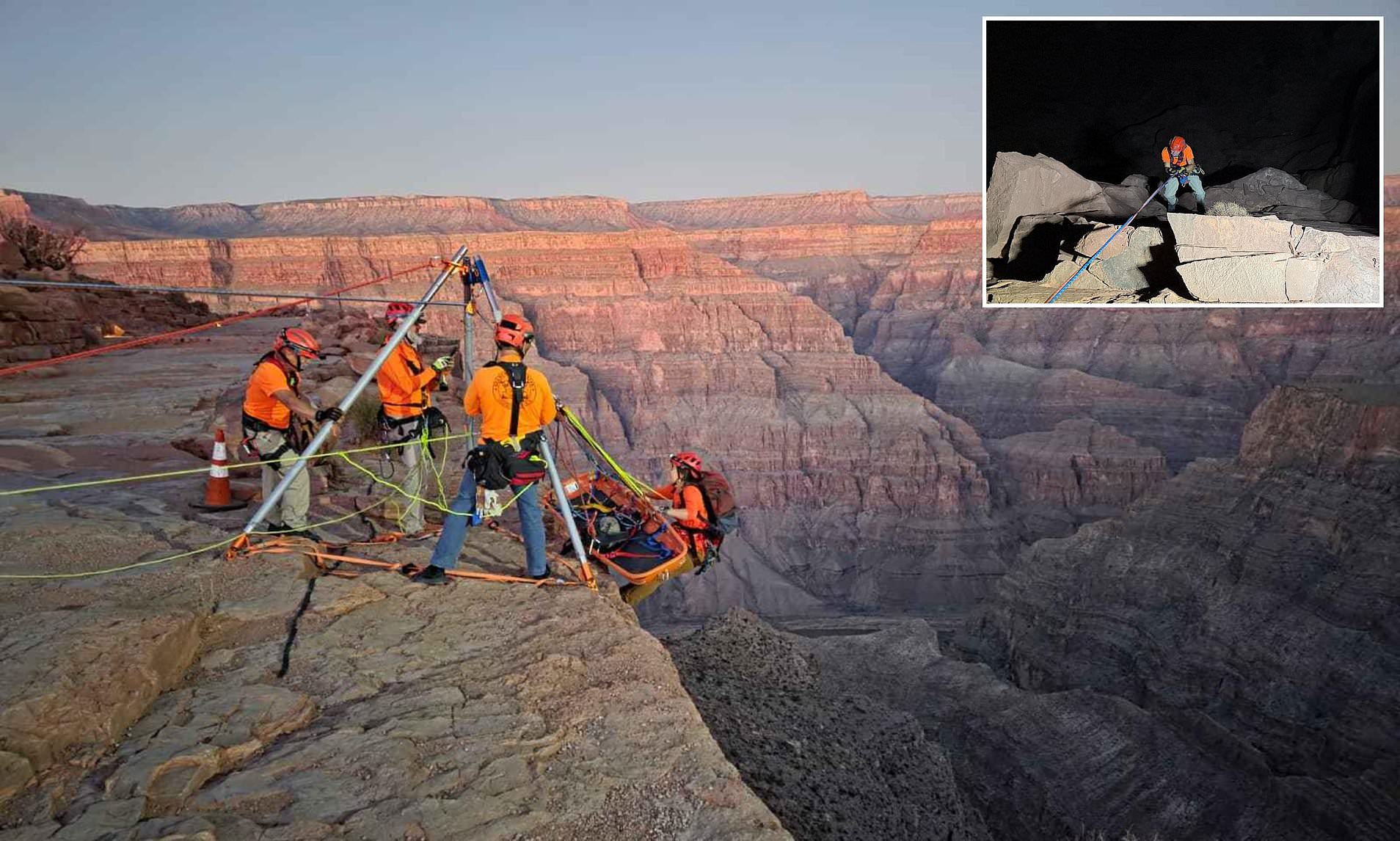Government Announces Plans to Build Modern Stadiums in Three Regions
Dr. Ato Forson, the Minister of Finance, has revealed that the government will start constructing modern stadiums in three regions beginning in 2026. This initiative is part of a broader strategy to enhance sports infrastructure and support the development of local talent.
The announcement was made during the presentation of the 2026 Budget Statement and Economic Policy to parliament. The theme of the budget address was “Resetting for Growth, Jobs and Economic Transformation.” Dr. Forson emphasized the importance of investing in sports facilities to create better opportunities for young athletes across the country.
He pointed out that some of the newly established regions do not have adequate sports facilities, which hinders the growth of athletic talent. “Beginning in 2026, the government will commence the construction of modern stadiums in three out of the eight regions without sports stadiums,” he said.
These new stadiums are expected to serve multiple purposes. They will provide young athletes with the necessary environment to hone their skills, attract sports tourism, and act as training centers for both regional and national teams. The minister also highlighted the potential economic benefits of these facilities, including increased local employment and revenue from sports events.
In addition to the major stadiums, the government has allocated GH¢200 million for the construction of mini-stadiums. These smaller facilities aim to promote grassroots sports by making it easier for communities to access sports infrastructure. This investment is seen as a crucial step in identifying and nurturing future sports stars at the local level.
The plan reflects the government’s commitment to using sports as a tool for social and economic development. By improving sports infrastructure, the government hopes to foster a culture of physical activity and healthy competition among the youth. It also aims to position Ghana as a hub for sports events and competitions in the region.
Key Objectives of the Stadium Construction Plan
- Enhancing Sports Infrastructure:The primary goal is to address the lack of sports facilities in certain regions, ensuring that all areas have access to quality sports venues.
- Talent Development:Providing modern stadiums will help identify and develop young athletes who can represent the country at international levels.
- Economic Growth:The construction of stadiums is expected to generate jobs and stimulate local economies through increased sports tourism and related activities.
- Community Engagement:Mini-stadiums will encourage community participation in sports, promoting a healthier lifestyle and stronger social ties.
Allocation of Funds for Sports Development
The GH¢200 million allocated for mini-stadiums is a significant investment in grassroots sports. This funding will be used to build smaller, accessible sports facilities that can be used by schools, local clubs, and community groups. These facilities will play a vital role in introducing children to sports and helping them develop essential life skills such as teamwork, discipline, and perseverance.
The government has also expressed interest in collaborating with private sector partners and international organizations to support sports development. Such partnerships could bring in additional resources and expertise to ensure the success of the stadium construction projects.
Challenges and Opportunities Ahead
While the plan is ambitious, there are several challenges that need to be addressed. These include securing sufficient funding, ensuring timely construction, and maintaining the facilities once they are completed. However, the government remains optimistic about the long-term benefits of the project.
By focusing on both large and small sports infrastructure, the government is taking a holistic approach to sports development. This strategy not only supports the growth of elite athletes but also promotes inclusivity and accessibility in sports.
